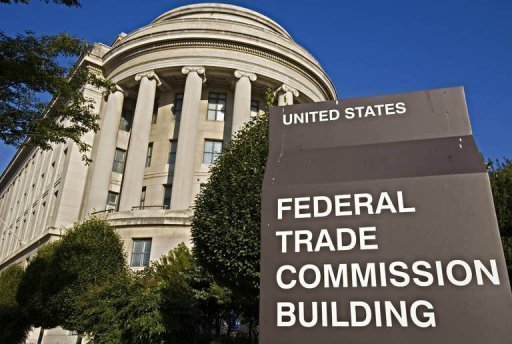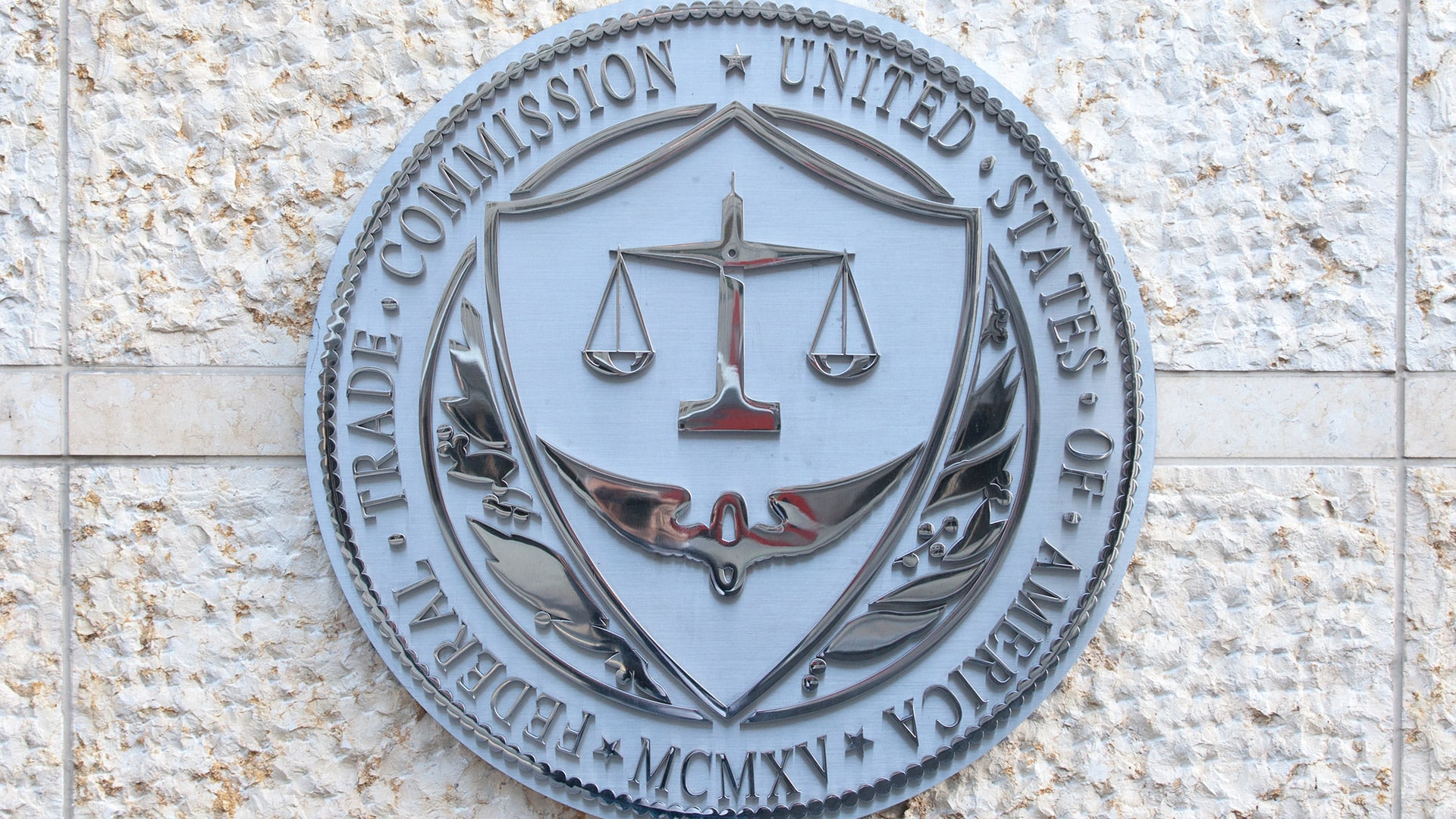Many marketers share a common predicament; they often understand the strategic value of using technology to improve customer engagement, but they don’t know how to use the right tools to achieve this tactically. Email marketing is no different. Although email can deliver impressive ROI, it often isn’t properly initiated using the right tools. As such, teams can struggle to take it beyond just simply sending a newsletter and businesses fail to see the value it can create. This not only means lost revenue opportunities for brands, but a missed opportunity to grow, stand out amongst competition and successfully grow brand loyalty.
Looking at the year ahead, there are several ways in which brands can transform the customer relationship through email. Recognising that it can be difficult for businesses to know exactly where to focus their investment and what tools to use to achieve their goals, it’s important to shine a spotlight on the technology available and the strategies most likely to encourage customer engagement. In an era where customer experience counts for everything, tools that will allow marketers to take control of their customer data and then leverage this insight effectively, will prove critical for seeing results.
Trend 1: Inspiring consumer engagement and loyalty
Consumers have said that key to their decision making when opening a marketing email is brand recognition. Consequently, brands need to demonstrate relevance, purpose and provide evidence to suggest that they understand what drives recognition through research and measurement.
Accenture Strategy’s global survey of 30,000 consumers across 35 countries found that more than half of customers in the UK want companies to take a stand and communicate issues they care about. This could include sustainability, transparency and fair employment practices among others. Emails that tend to focus on products and discounts, showing no alignment with the right type of brand values, are less likely to deliver brand relevance and ongoing engagement. User-generated content (UGC) can also be an interesting tactic to engage recipients, showing that other people trust the brand, align with its values and regularly purchase items from it.
Trend 2: Designing emails well
Once the overall key messages have been decided, emails need to be designed with all platforms in mind, including the different versions of Apple Mail, Gmail, Outlook and Yahoo! Mail. Webmail and desktop experiences need to be considered too, since the number of emails being opened on mobile has stopped increasing month by month.
Trends that have dominated email design in previous years will still be popular in 2020, including vibrant colours, bold typography and off-grid designs. But there are some new innovations to be considered. For example, increasing sophistication in 3D tools means we are seeing 3D images replacing some cartoon-style visuals and providing variety from standard photos. There are also new approaches to animation, which bring more colours, designs and sophistication to standard animation. Similarly, a focus on basic content framed by generous amounts of white space can help make content more digestible and easier to scan. This helps to give the subscriber a clear understanding of the action they need to take. These designs can also look better within dark mode, which people are now adopting more with their email readers and apps.
Trend 3: Making use of AI and Machine Learning
The positive impact of AI on productivity and efficiency has been felt across many different industries, but the marketing applications of AI are extremely exciting. Once a carefully crafted email campaign has been created, Machine Learning can be applied to existing data sets to generate insights for future communications via historical data. These insights can then be applied to future campaigns to improve relevance and response of communications.
For example, by analysing the historic data of responses by different audience segments to different timings, and different messaging, regression models can be built showing the propensity or likelihood of responses in similar situations. These can be used to create rules and personalise emails to individuals in order to maximise the probability of engagement. For example, machine learning can be used to analyse the performance of email subject lines and previous copy to make recommendations for future campaigns. It’s been identified that in retail, positive emotions such as gratitude encourage the best results. So, leveraging phrases that evoke positive emotions such as ‘You deserve this deal’ can be powerful; expressing knowledge and appreciation in a more personal way.
Predictive targeting can also be a useful tool for sending messages to an audience defined by ‘propensity to respond’. Target audience insights can include demographic characteristics like age and gender but also buying behaviour related to recency, frequency and monetary value.
Trend 4: Intelligent personalisation and moving away from “Hi<first name>”
Personalising emails is a renowned practice, but it has quickly matured from just addressing recipients by first name. Intelligent personalisation begins with reviewing your database and thinking of recipients more as groups of people. It’s important to remember that databases are full of different kinds of people – all with different behaviours, profiles and interests. As such, it’s worth splitting the email lists into groups that are alike (or segments). Subscribers appreciate receiving better targeted and tailored emails; if emails are more relevant, it makes for a far better customer experience.
Product recommendations, for example, have been the bedrock of successful personalisation techniques. A product recommendation engine will take all the data it has available from the subscriber and other data sources to make a prediction on which products and content are most likely to be interesting to this user. That said, crucial to successful implementation is knowing how not to overstep the line and become ‘creepy’ to the recipient. This involves being sensitive to new subscribers and being mindful of making them feel like their data is being exchanged for a better customer experience. In a similar vein, customers should be clear on how a company is using their data and be given the option to opt-out or unsubscribe at any time. Likewise, automation and personalisation techniques need reviewing regularly, to test email journeys from the eyes of the customer and understand where there are areas for improvement.
Trend 5: Becoming more customer-centric in email copywriting
As much as design and personalisation techniques are key to the experience an email delivers, style and tone of voice of the copy is just as crucial. The copy should be just as enticing and consistent with brand expectations and context as possible.
Customers are demanding more meaningful and relevant experiences from email, which means brands need to become more customer-focused through their messaging and customer journey. Testing which copy resonates with an audience is essential to delivering an experience in line with expectations. A simple way to determine whether copy is brand-centric or customer-centric can be to calculate the number of times ‘our’ ‘us’ ‘we’ is used against the number of times ‘you’ and ‘your’ is included. Understanding the performance of customer-centric versus brand-centric copy can provide a clear indication as to which copy style is encouraging engagement. Similarly, when it comes to a ‘call to action’ within an email, many can be dry with little thought given to how these necessary fixtures can be creatively written. Rather than asking people to simply ‘read more’ or ‘shop now’, the call to action is a real opportunity to provide value for the reader.
Email marketing remains one of the most effective techniques for digital marketers across all types of businesses. However, despite being an effective marketing channel, the DMA consumer email tracker highlights the level of inbox competition, with consumers saying they receive around 57 emails each week on average. This makes cutting through the noise exceptionally difficult. However, by following new trends in email implementation and design, it’s possible to create a unique brand experience even within the inbox. Email is one of the most important touchpoints in the customer journey, and with new technological innovations along with increased knowledge, brands can benefit from impressive return on investment.
Many marketers share a common predicament; they often understand the strategic value of using technology to improve customer engagement, but they don’t know how to use the right tools to achieve this tactically. Email marketing is no different. Although email can deliver impressive ROI, it often isn’t properly initiated using the right tools. As such, teams can struggle to take it beyond just simply sending a newsletter and businesses fail to see the value it can create. This not only means lost revenue opportunities for brands, but a missed opportunity to grow, stand out amongst competition and successfully grow brand loyalty.


























